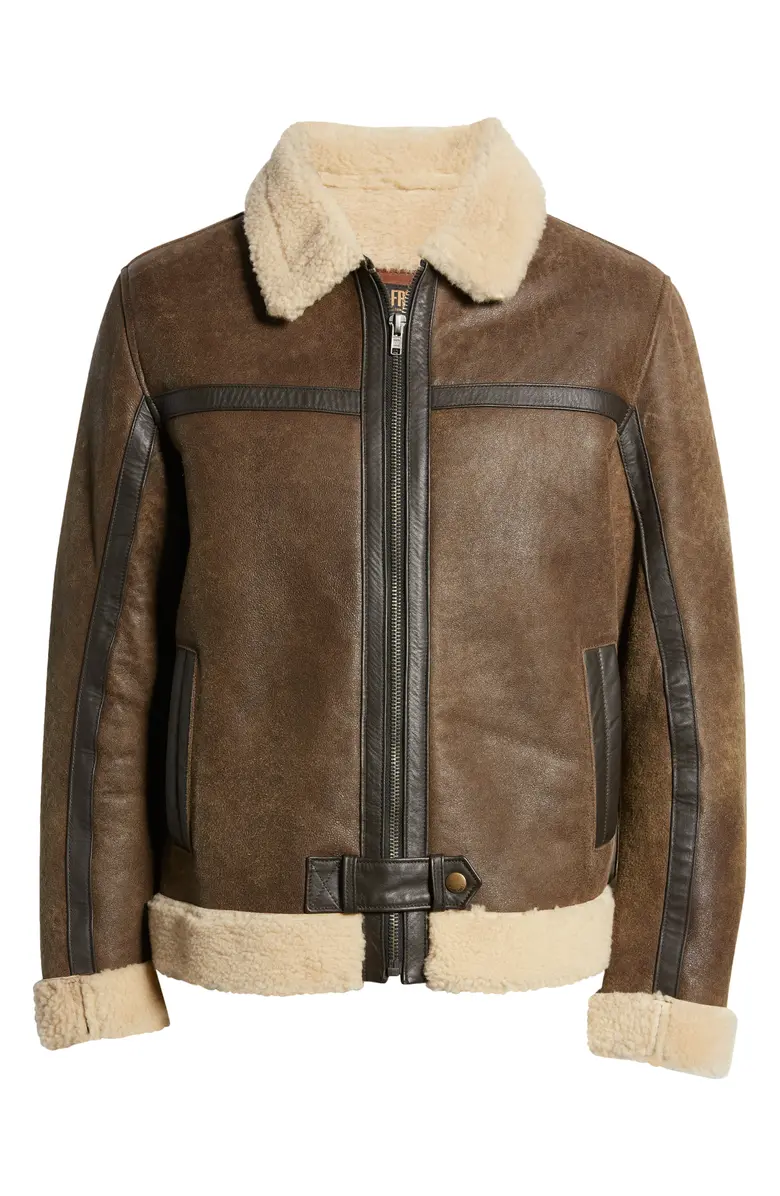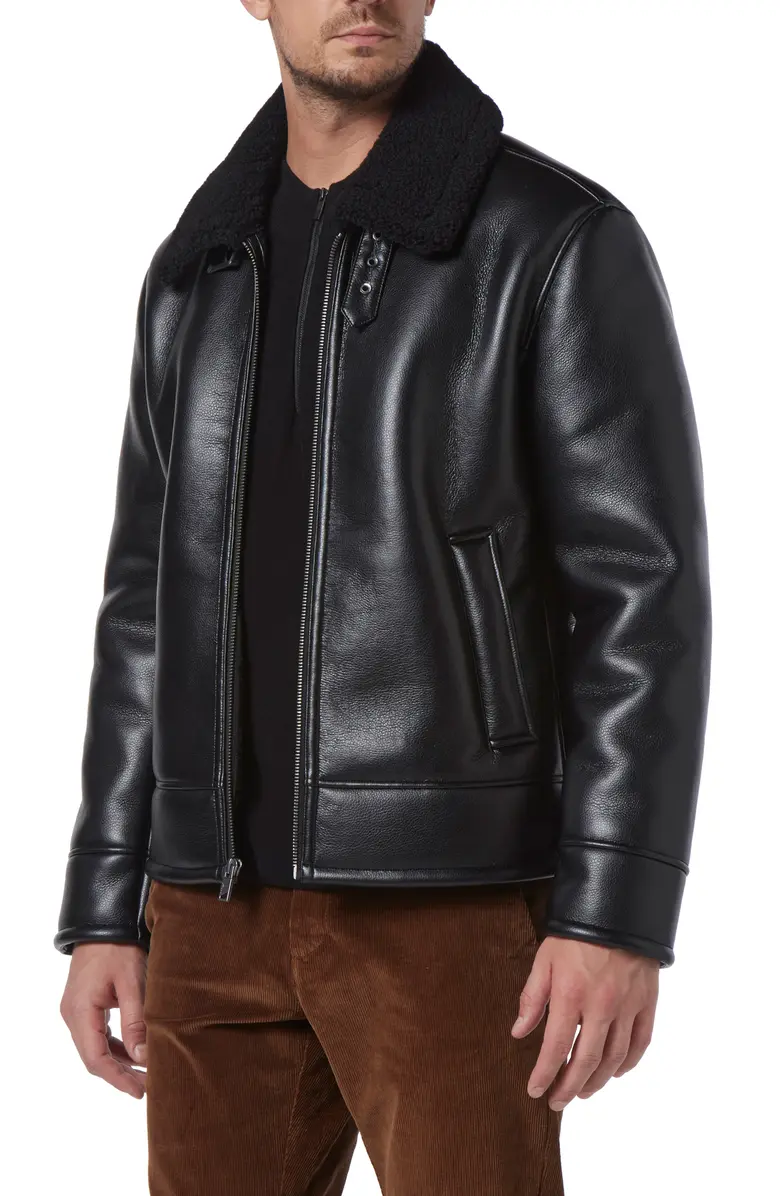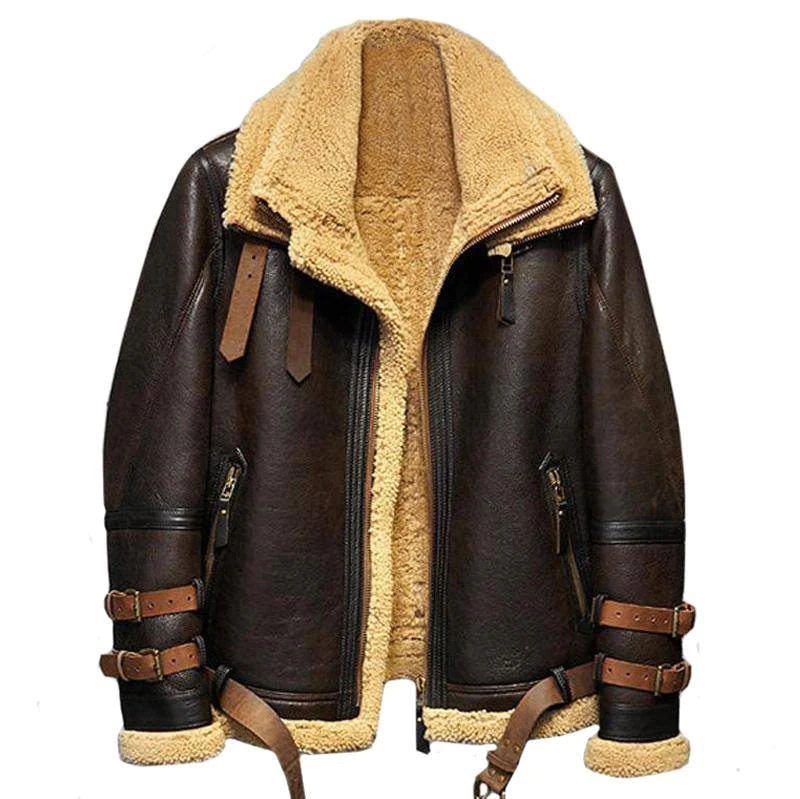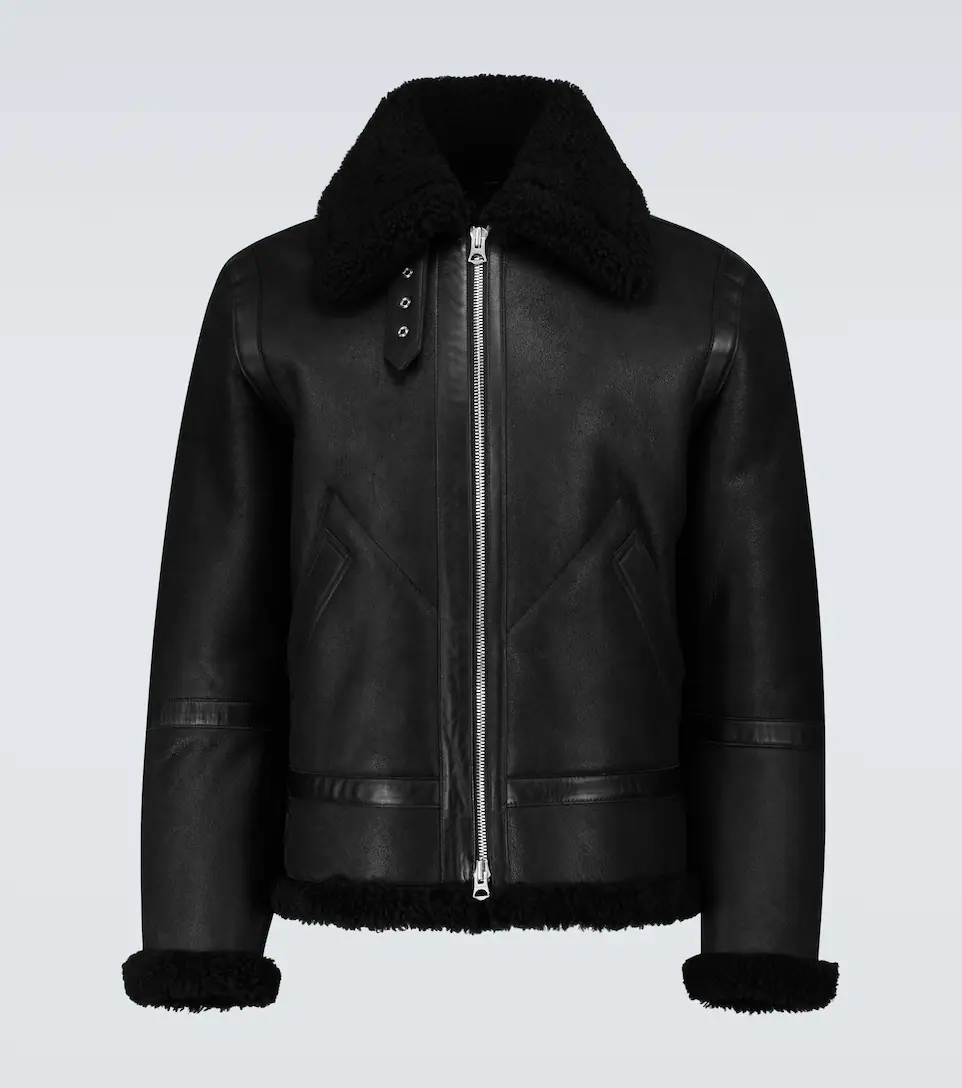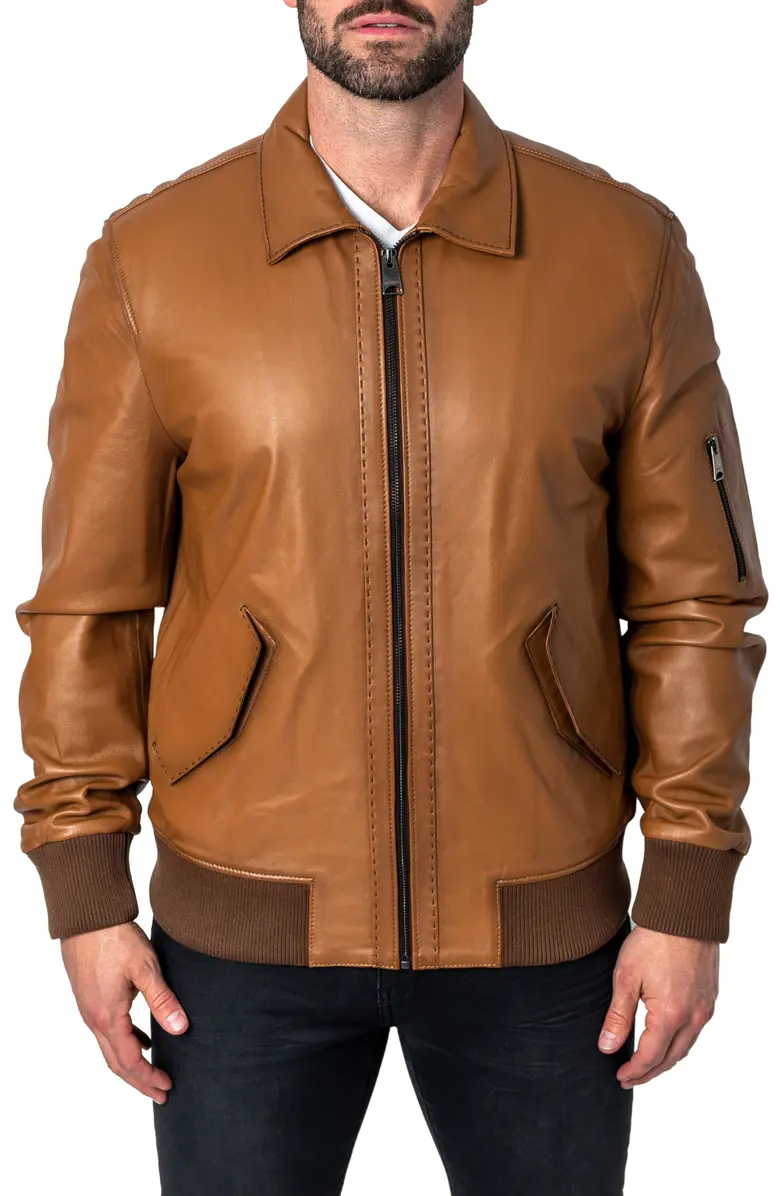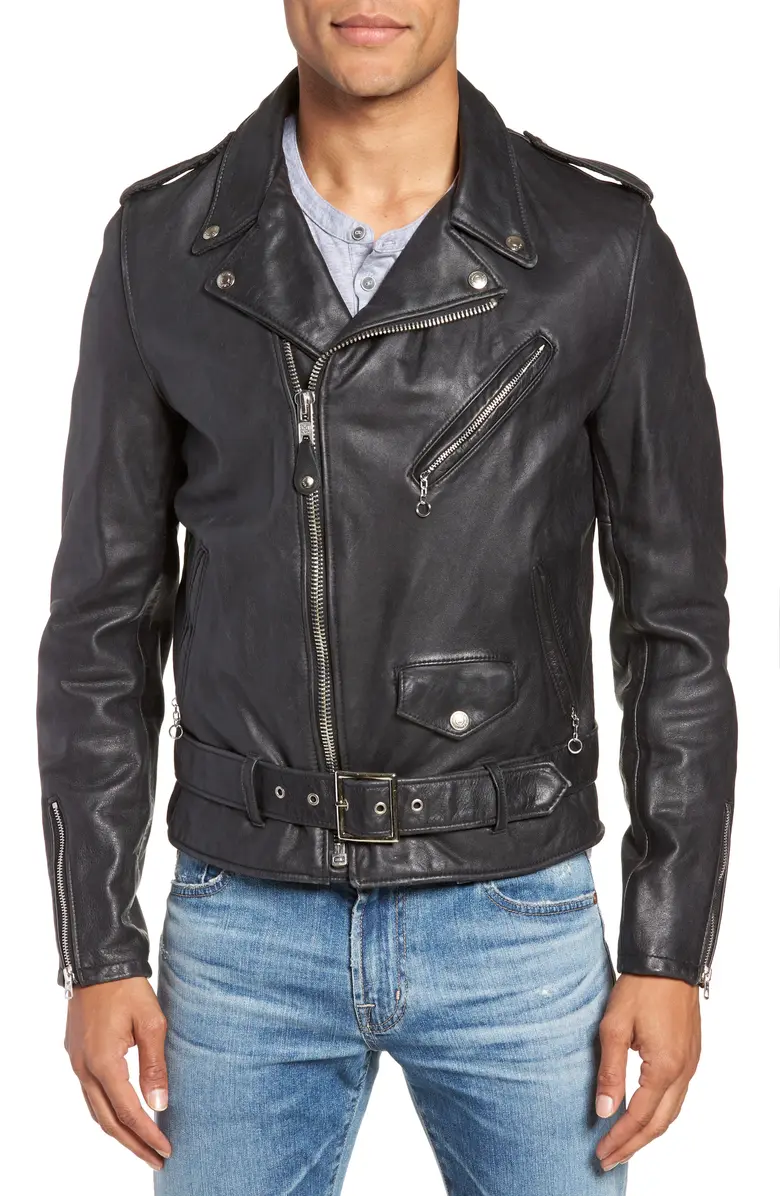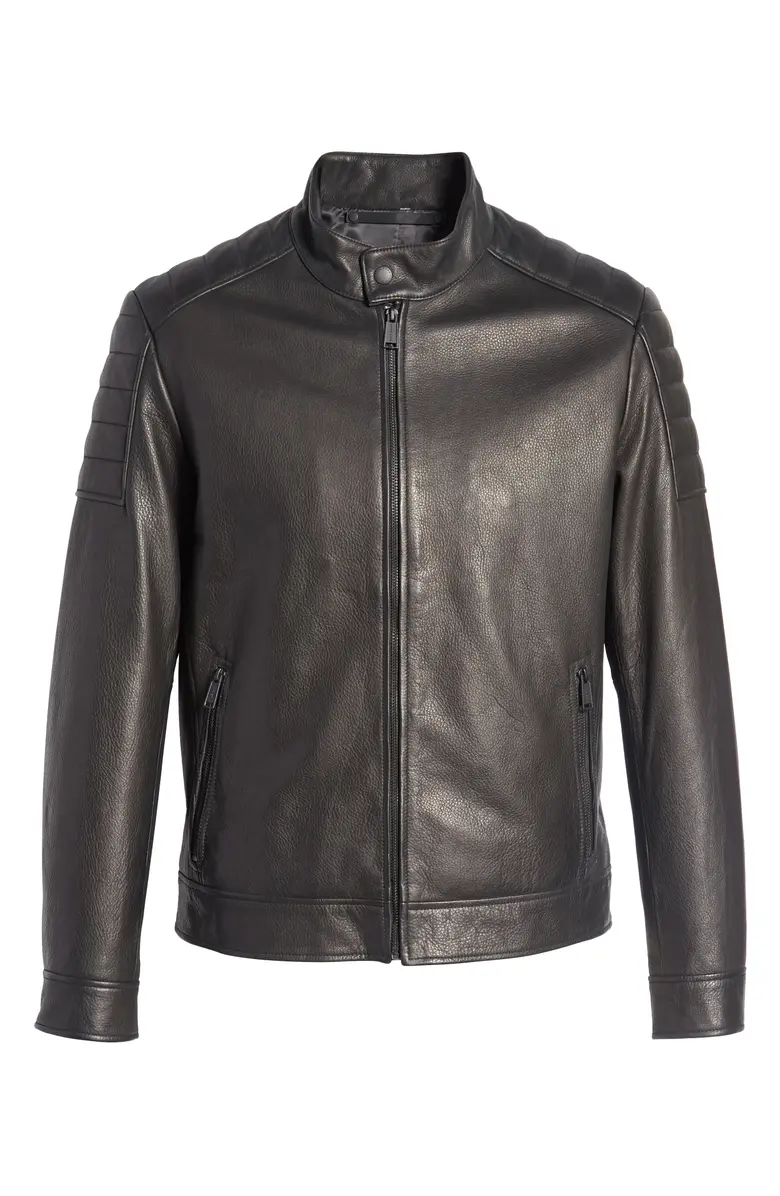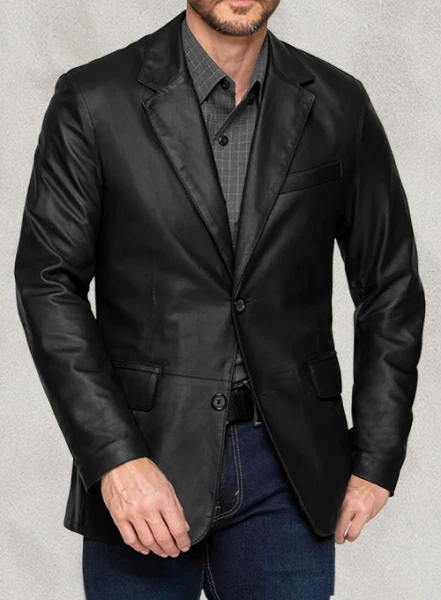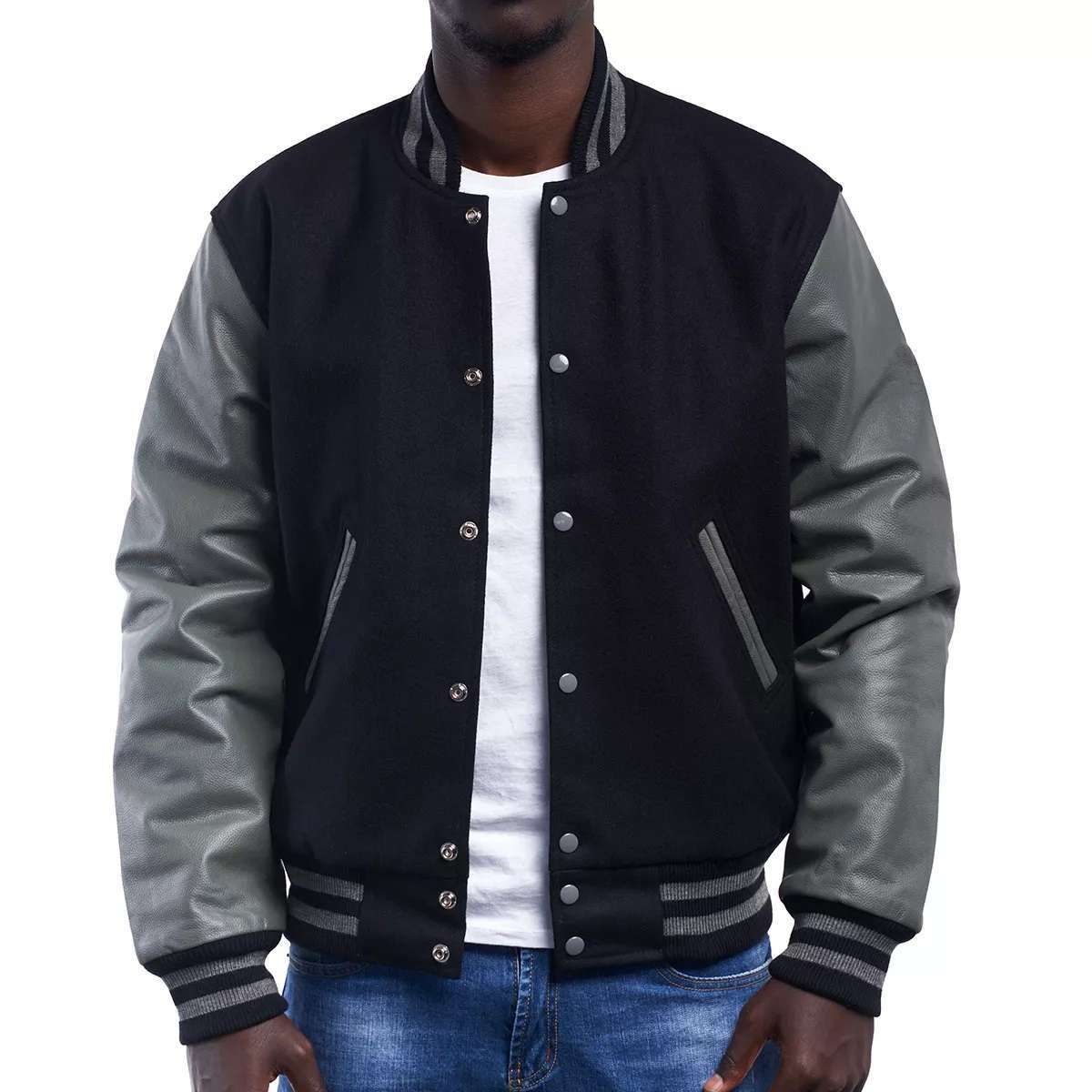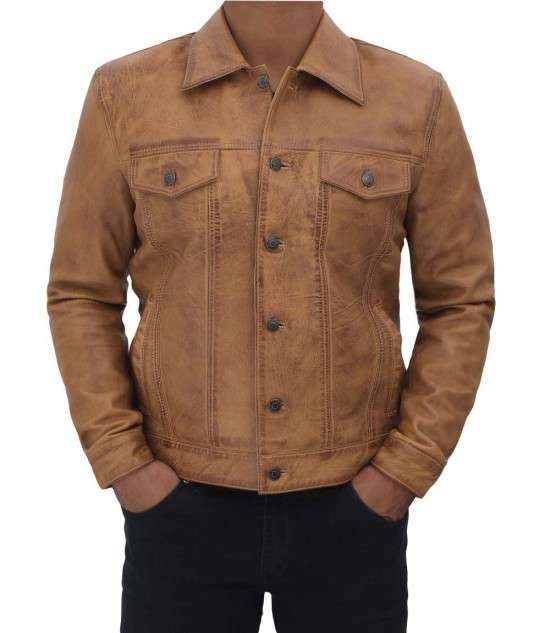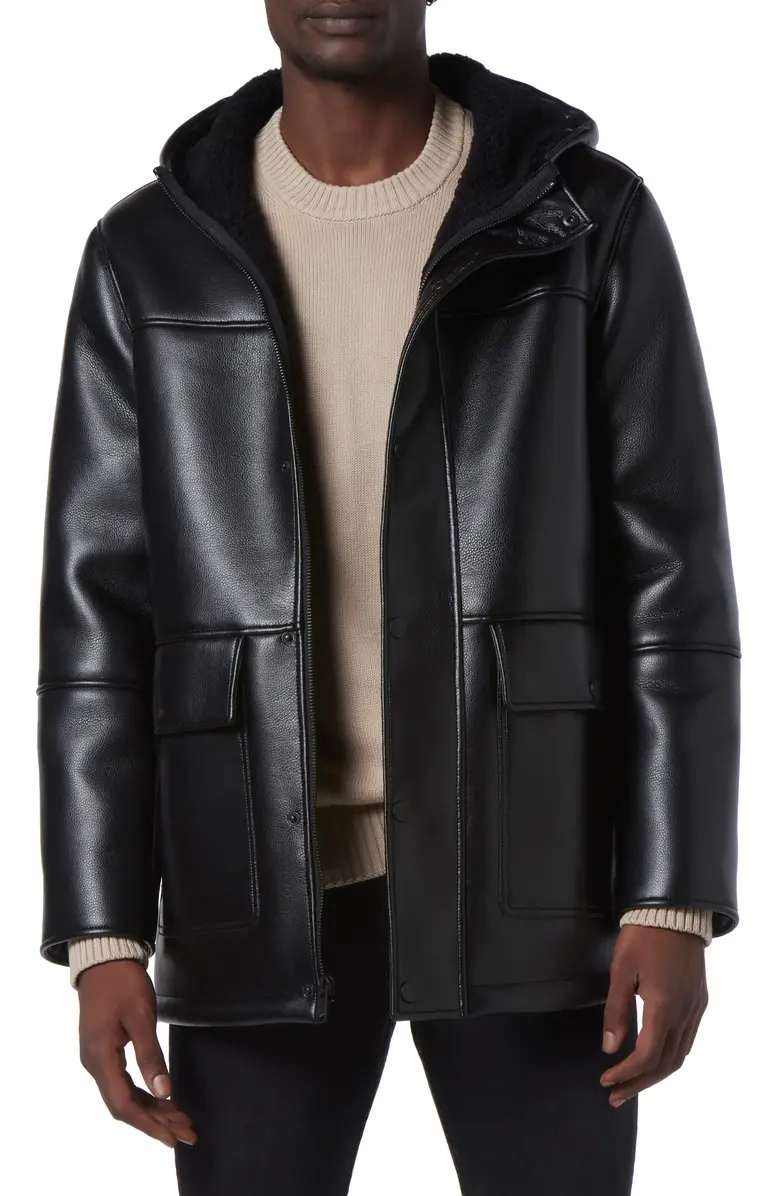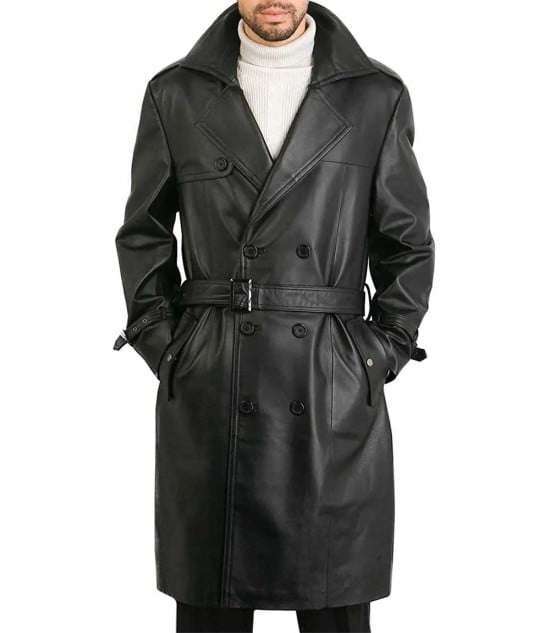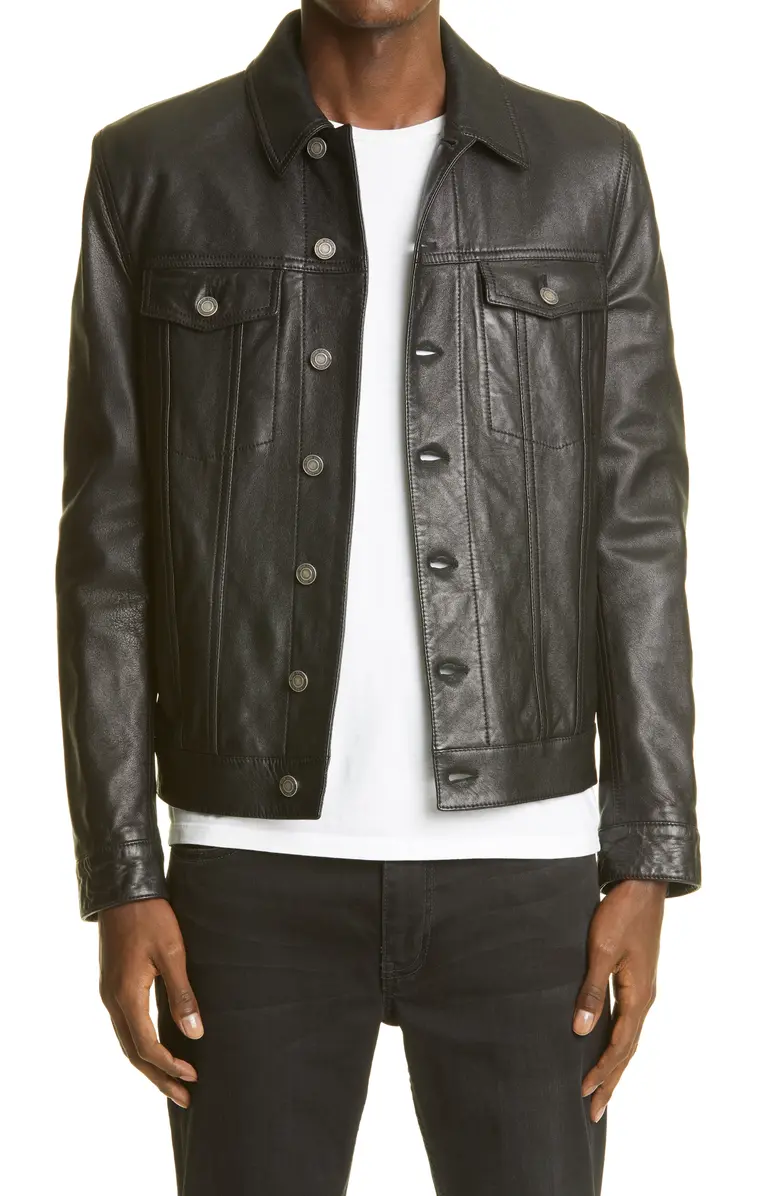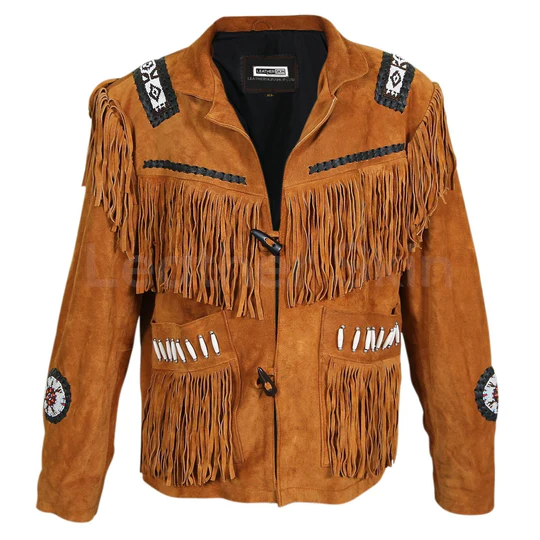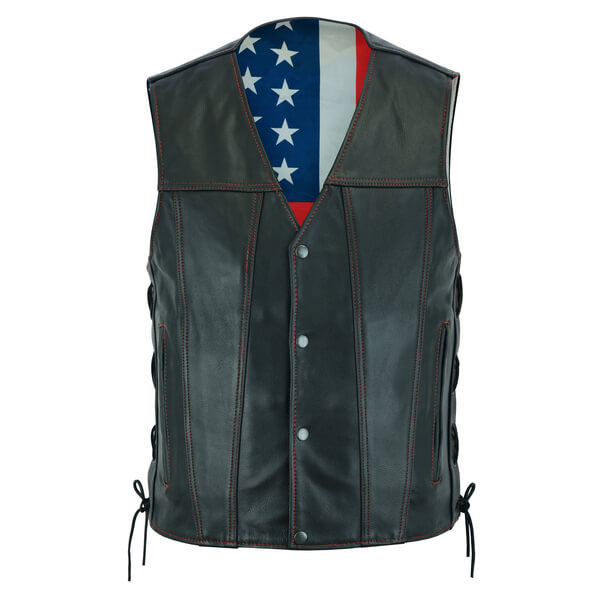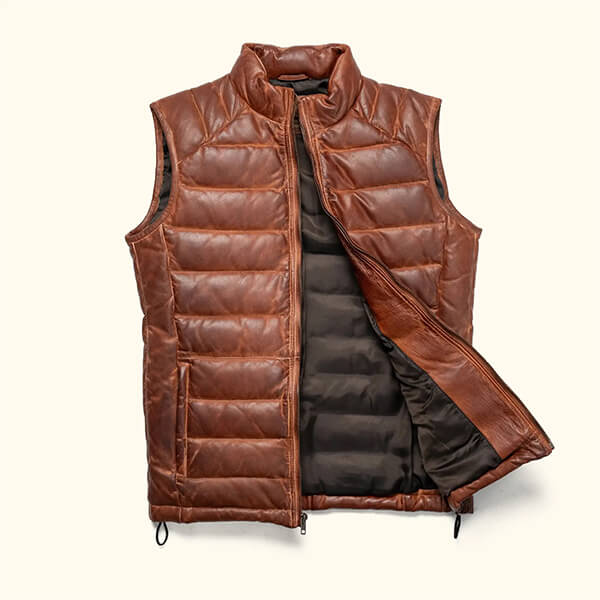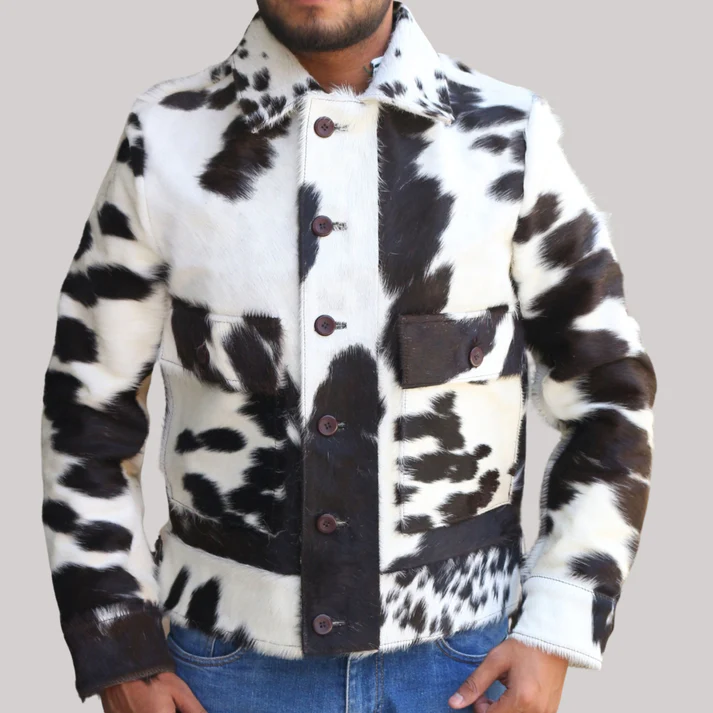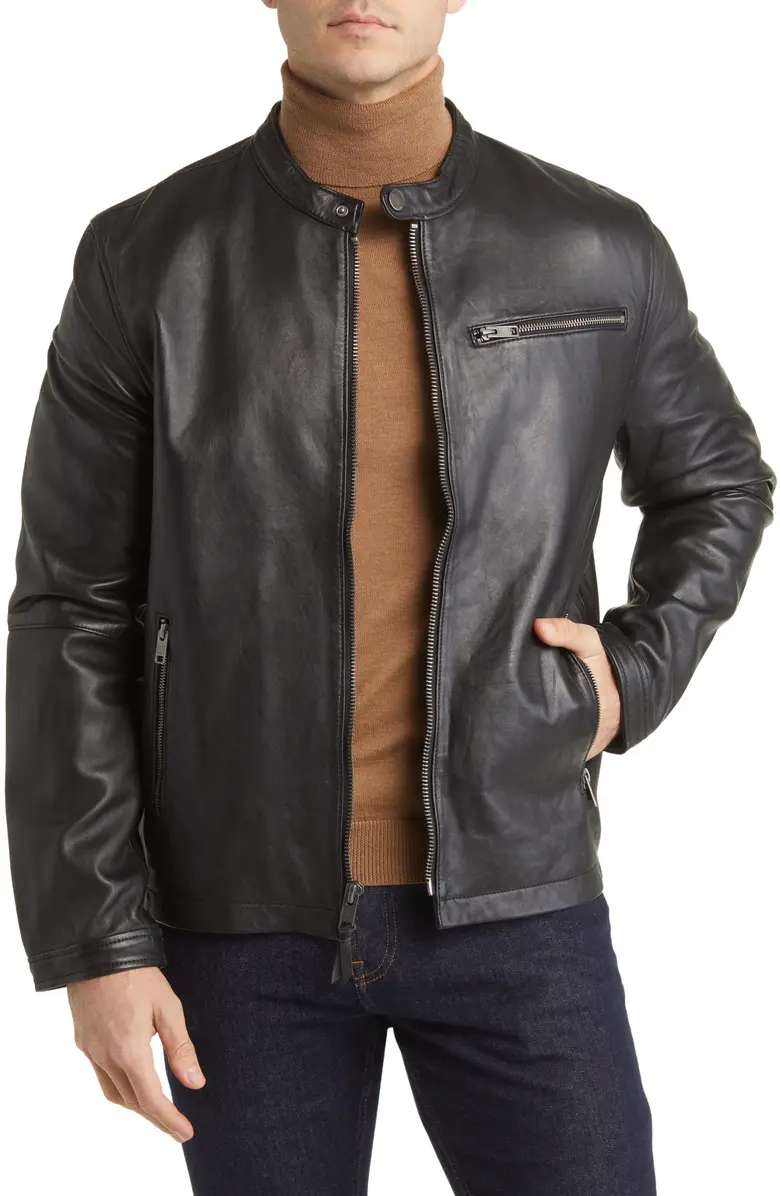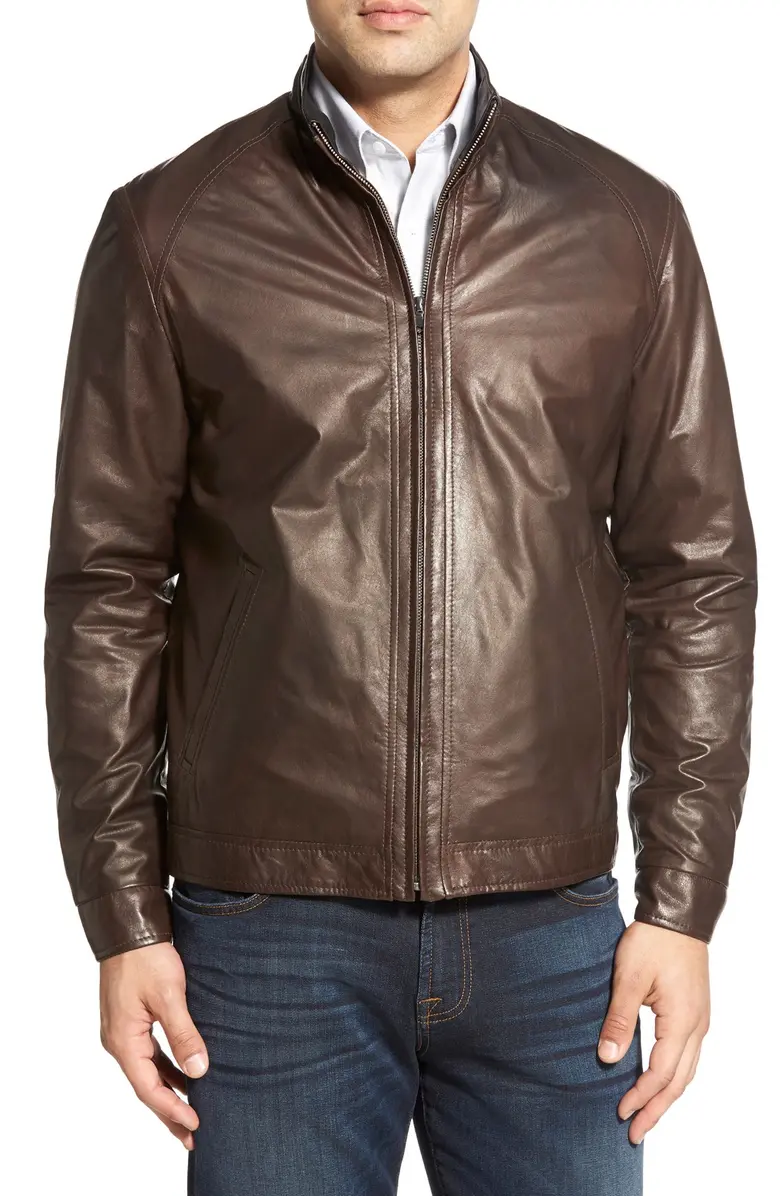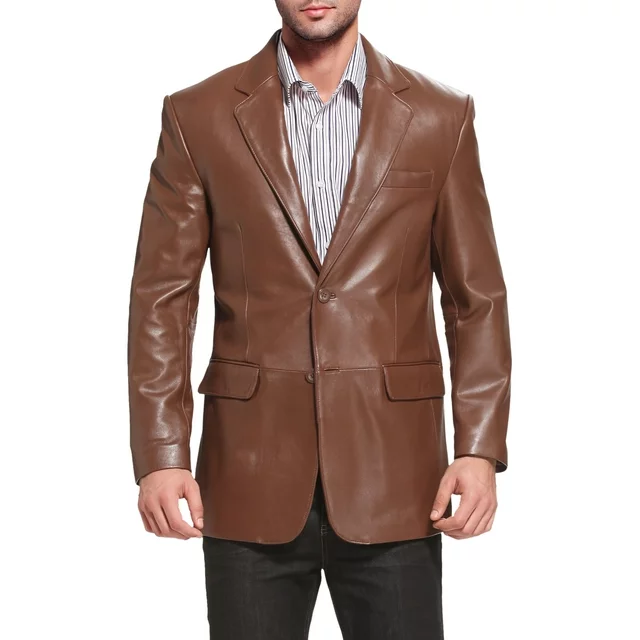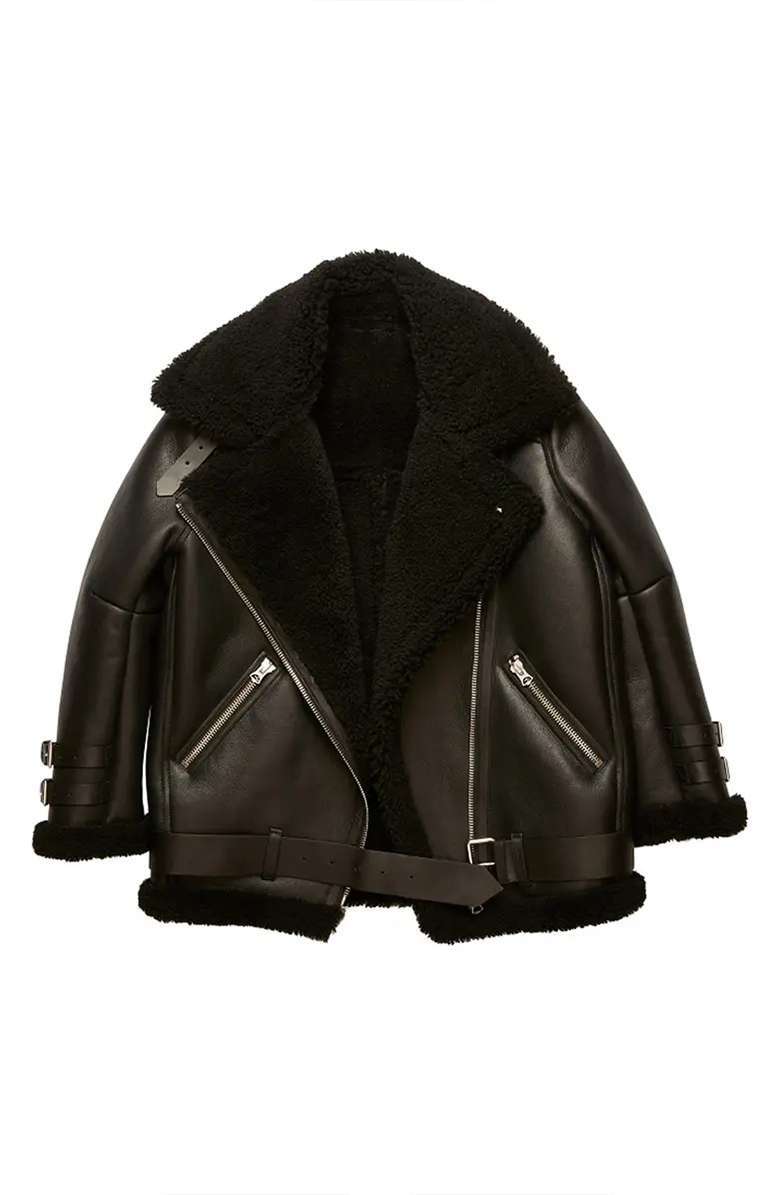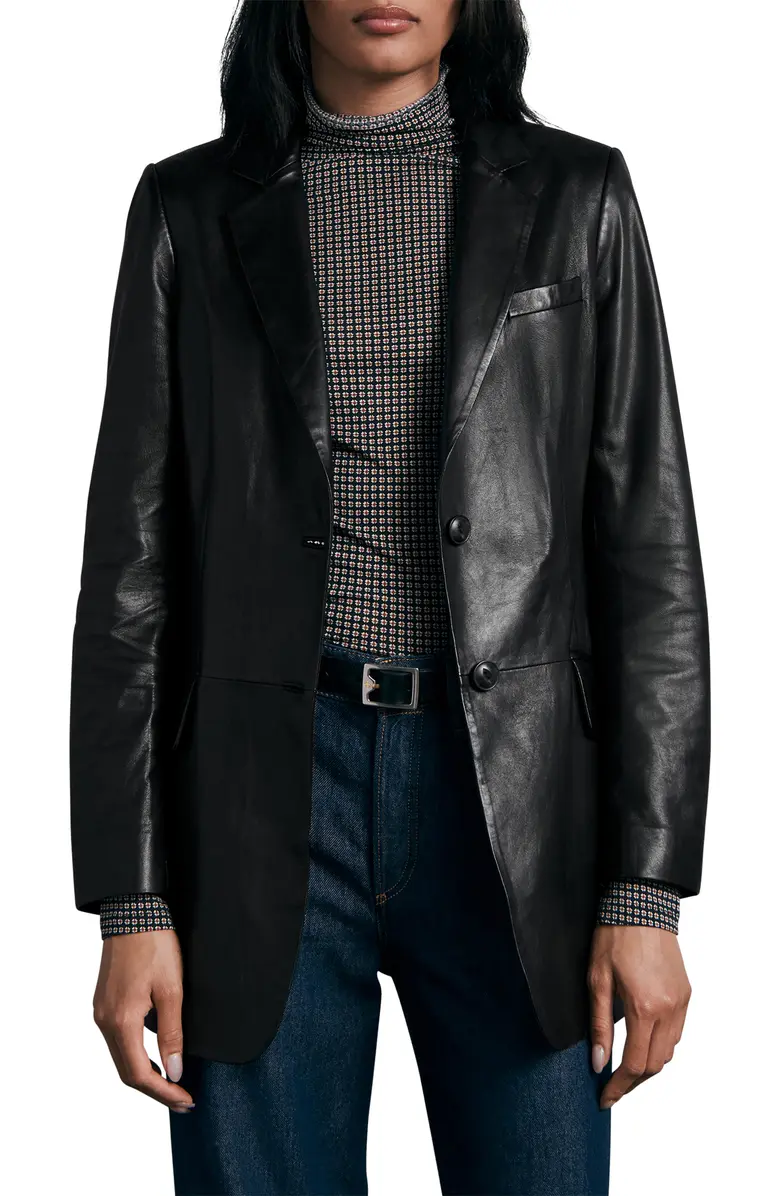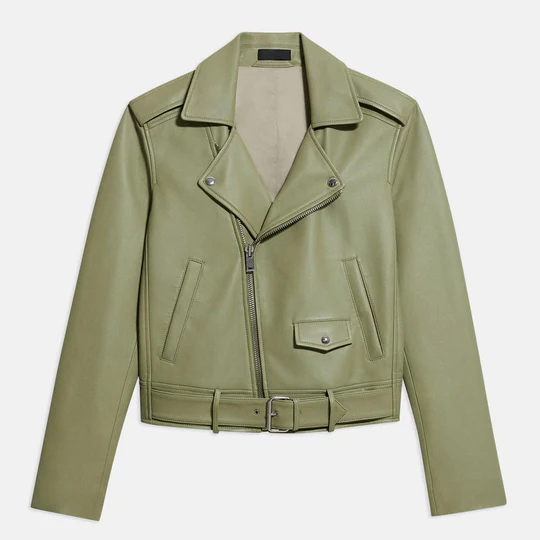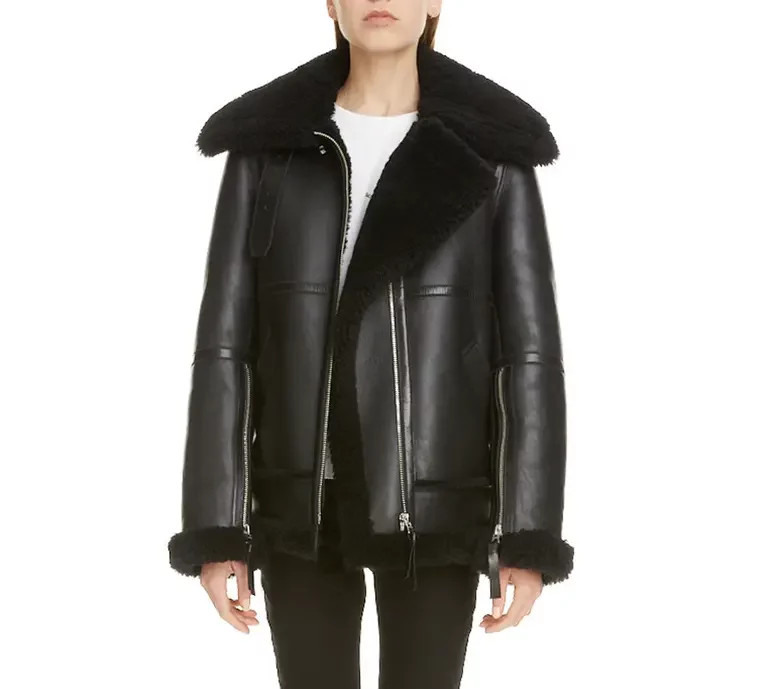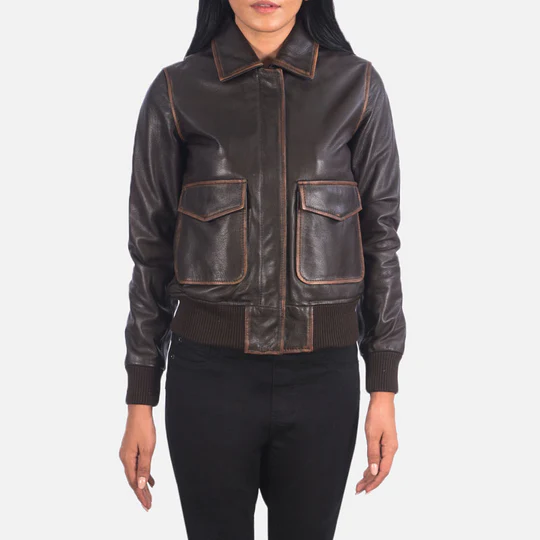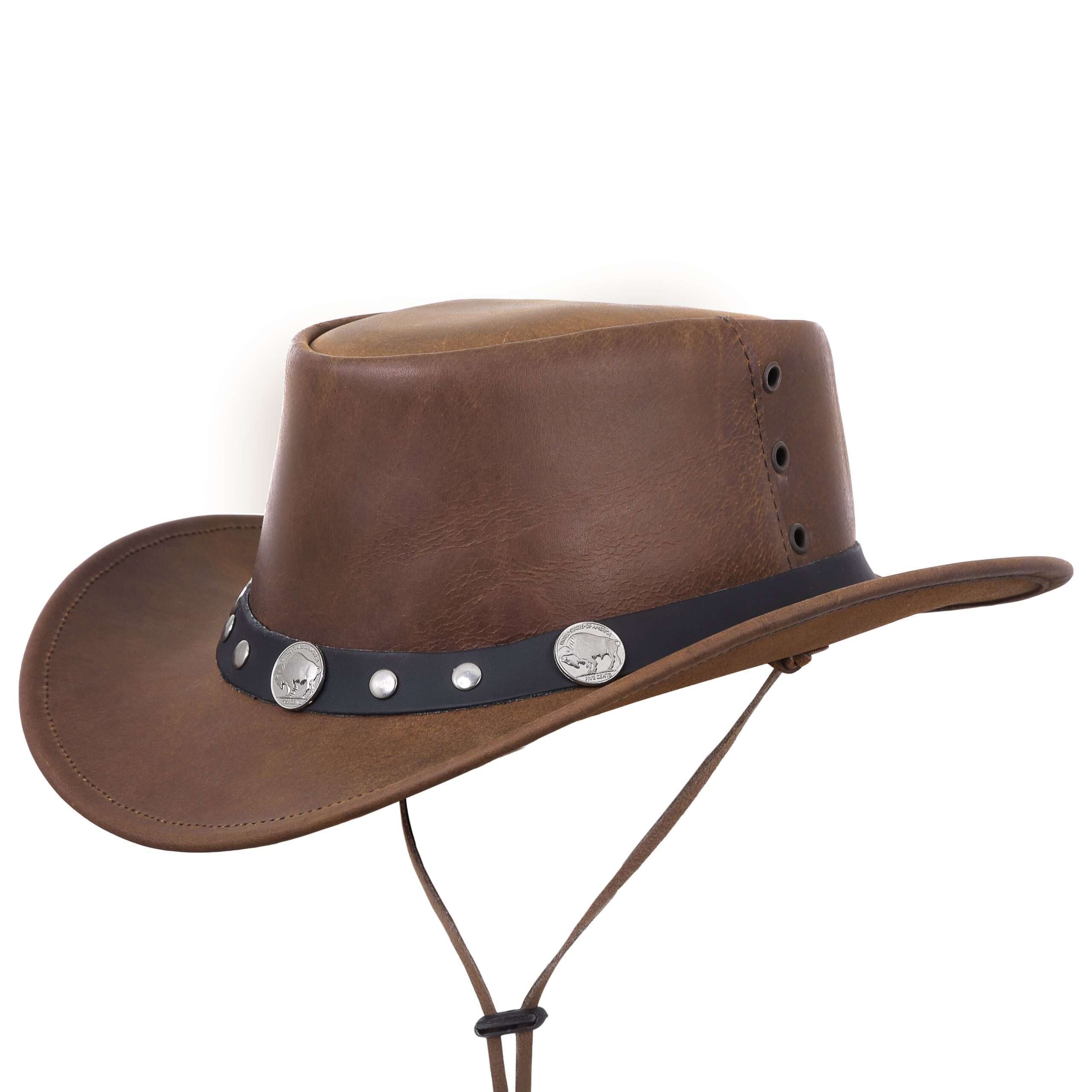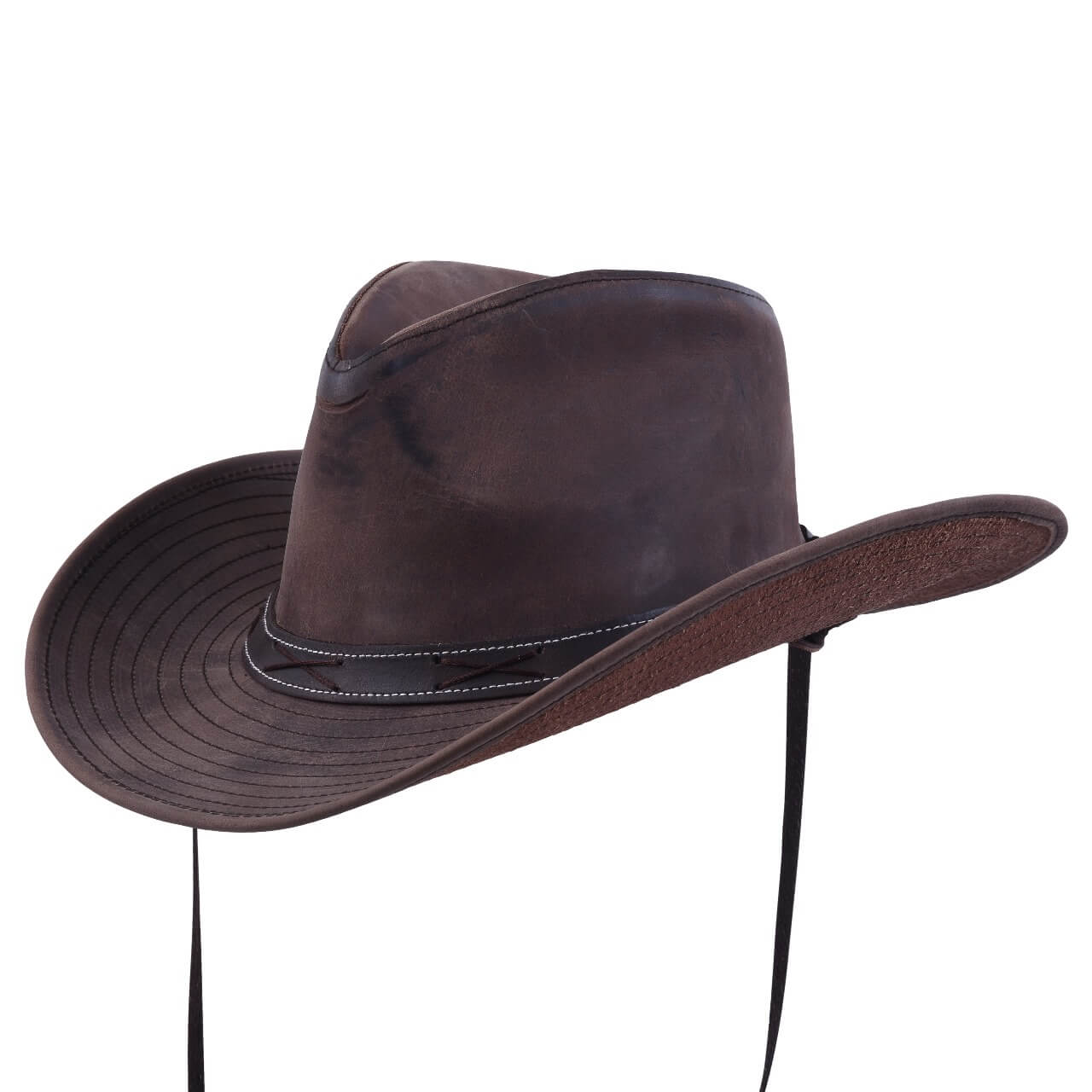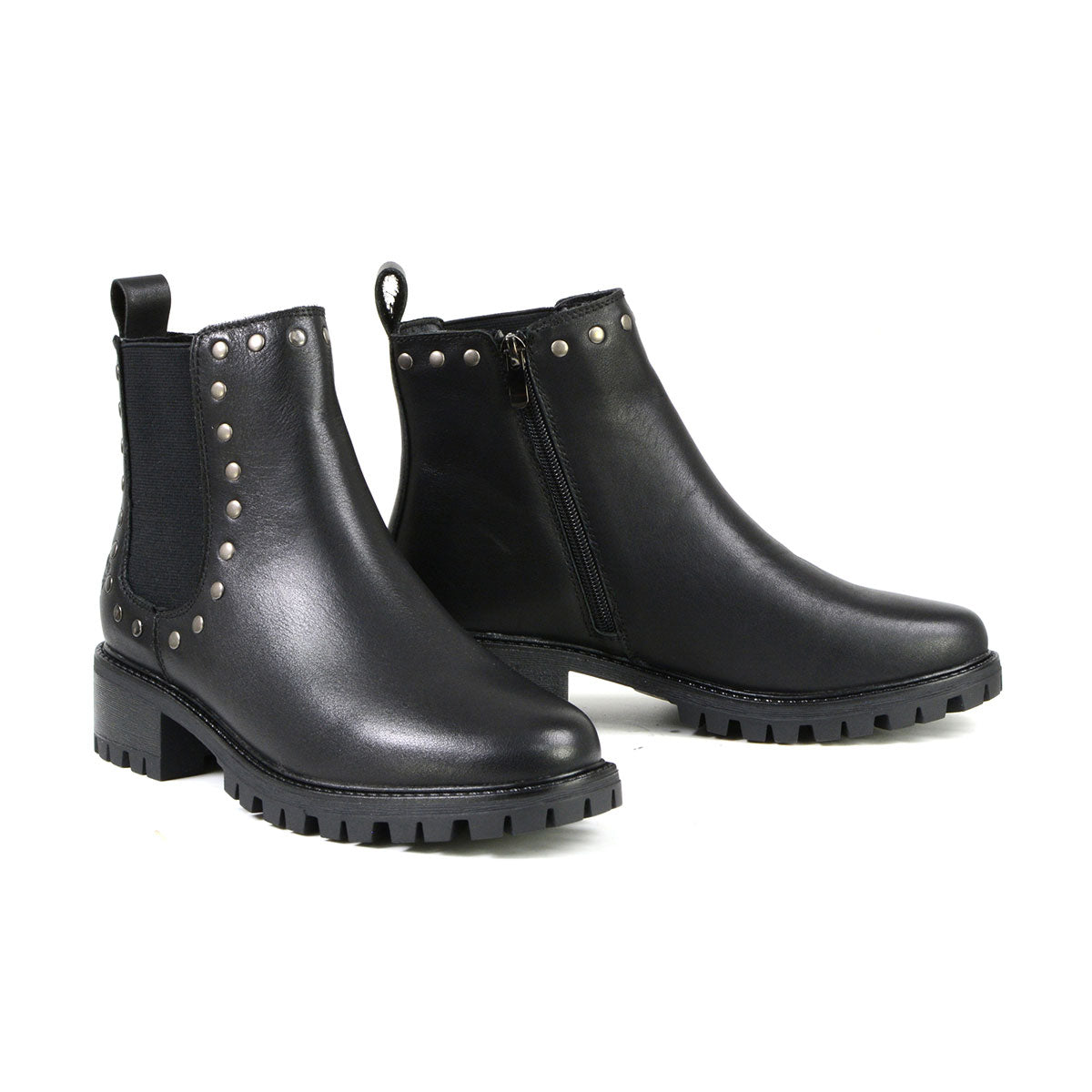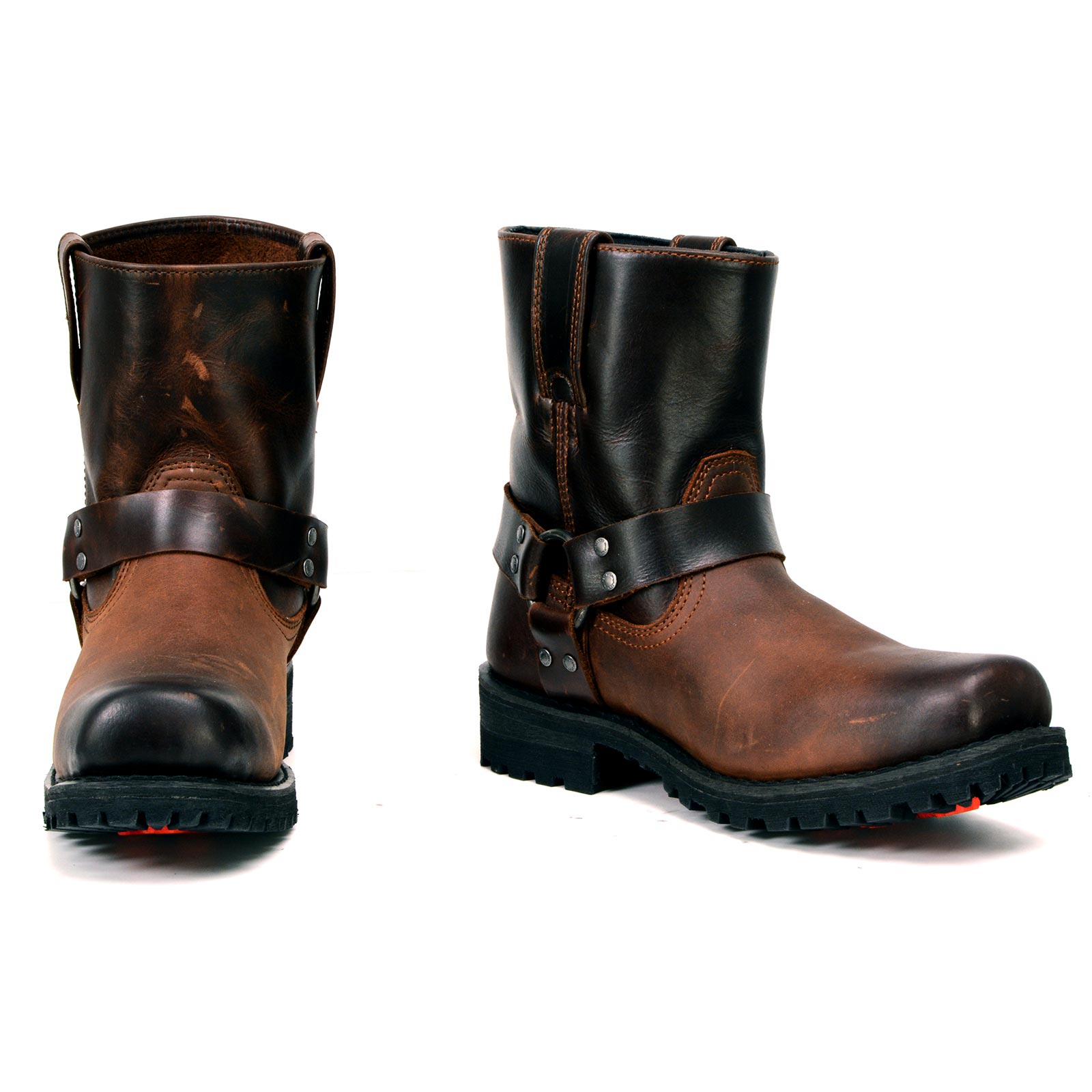The leather jacket – especially the classic black biker or Perfecto style – has long signified rebellion and rugged cool in popular culture. Its sturdy leather and hardware emphasize the wearer’s shoulders and convey strength, toughness and autonomy. In film, music and fashion, it functions as a visual shorthand for anti‑establishment defiance and personal freedom. Key symbolic themes associated with the jacket include:
- Rebellion and Individualism: From 1950s biker films to punk rock, the jacket has embodied nonconformity. In iconic movies like The Wild One and Rebel Without a Cause, leather jackets marked youths rebelling against social norms.
-
Toughness and Masculinity: Its rugged cut and fitted shoulders project a traditionally masculine image. Tough-guy characters – bikers, action heroes or rock stars – often wear leather to signal physical strength and defiance.
-
Power and Authority: Originally military issue for World War I aviators, the jacket has long been tied to figures of control. Early bomber jackets suggested resilience and command (a heritage that gave even later rebel wearers an aura of confidence).
-
Social Identity and Belonging: Leather jackets often act as group “uniforms.” Motorcycle clubs, punk gangs and metalhead crews adorned theirs with club patches or band logos, using the jacket to signal membership and shared values.
Historical Origins
The leather jacket began as practical outerwear. In WWI (and later WWII) leather flight jackets kept open-cockpit pilots warm at high altitude, so their insulated design emphasized function and durability. Even as utilitarian military gear, these brown “bomber” jackets projected strength – their heavy, windproof cut conveyed an image of power. By the late 1920s, civilian fashions took notice: in 1928 Irving Schott introduced the Perfecto motorcycle jacket with an asymmetrical zip and wide lapels to let riders lean forward comfortably. This design’s rough leather, belts and zippers “denote the excitement, adventure and danger” that attracted early motorcyclists. Thus even before any counterculture use, the jacket’s form was already coded with energy, toughness and a hint of outsider appeal.
Biker Culture and the Rebel Archetype
In postwar America the jacket became inseparable from outlaw motorcycle culture. Gangs like the Hell’s Angels adopted black leather as their uniform – often emblazoned with club patches – making the garment itself a badge of rebellion. In the 1953 film The Wild One, Marlon Brando’s gang leader wore a zipped leather jacket with “B.R.M.C.” (Black Rebel Motorcycle Club) painted on the back, directly referencing real biker logos. This cinematic image – tough, helmet-less Brando on a motorcycle – cemented the jacket’s outsider status. Film critic Chris Vognar observes that Brando’s look “embodied contradictions: tough and vulnerable… masculine and feminine,” highlighting how a single jacket could signal raw defiance while subtly subverting norms. Soon after, James Dean in Rebel Without a Cause and other 1950s teen idols also donned leather, further linking the jacket to youth angst and anti-authoritarian cool. (Popular media of the era even noted that schools banned the “Brando look” as a menace to conformity.)
Punk, Rock and Metal: Counterculture Uniforms
By the 1970s the leather jacket was reborn in punk and rock subcultures.
Punk bands like the Sex Pistols and Ramones wore studded, torn leather jackets as a graphic statement of anger and anti‑establishment attitude. The leather’s harsh sheen and DIY adornments (safety pins, spikes, band names) made it a uniform of defiance in the underground scene. Likewise, 1980s metal, goth and hardcore fans adopted black leather (often with spikes and band patches) to project power and unity. In heavy metal circles the jacket became “a cultural artifact” encapsulating the genre’s rebellious spirit and sense of community. Across these movements, the leather jacket served as a social badge: it instantly identified the wearer with a subculture and its values, turning personal style into collective identity.
Gender, Power and Identity
While rooted in masculine imagery, leather jackets have long been used to question gender roles. Initially a male wardrobe staple, it emphasized a boyish, tough persona. In the 1960s and ’70s, female pioneers like Joan Jett or Debbie Harry reclaimed it as an anti-feminine symbol. As one fashion writer notes, a woman in a biker jacket of that era was often “refusing femininity” – for some wearers signaling “female queerness” or the desire to be “one of the boys”. (It was virtually unheard of as upper-class women’s attire until very late.) By the 1990s, designers finally tailored biker jackets specifically for women, softening the cut and colors to make them mainstream. Yet even today commentators observe that when women wear classic leather styles, the effect is still subtly boyish – a nod to the jacket’s masculine heritage. In queer and alternative cultures as well, leather has been a tool of empowerment: in LGBTQ+ communities it has symbolized sexual autonomy and resistance to norms (a “queerscape” challenging heteronormative expectations). Thus, the jacket’s meaning shifts with context: on one wearer it might underline masculine bravado; on another it can signal gender nonconformity or liberation.
Mainstream Fashion and Legacy
Over time the jacket’s rebel origins were gradually mainstreamed. By the 1980s and ’90s, movie stars and models wore leather jackets not as outlaws but as icons of effortless cool. Rock musicians and actors (from Madonna to Mick Jagger) sported them on stage and in photo spreads, commodifying the jacket’s edge into high fashion. As a critic observed, the jacket migrated from an “alternative identity” into a symbol of generalized cool, even appearing in luxury brand collections. Modern designers now sell countless variations (from supple suedes to brightly colored “fashion” bikers) that pay homage to the original while appealing to the mass market. Still, the garment’s legacy endures writers note that buying a leather jacket promises slipping on a “nimbus of cool nonchalance” – a hint that some of its countercultural spirit survives in the mainstream.
Conclusion
The leather jacket’s symbolic journey has been rich and complex. It began as utilitarian military gear, then was adopted by working-class bikers and film outlaws to signal freedom and defiance. Over the decades it has embodied themes of toughness, authority and counterculture identity. While today it also functions as a ubiquitous fashion staple, it still carries echoes of its past: wearing a leather jacket can connote strength, individuality and a quietly rebellious attitude. In every era and subculture, it touched – from 1950s gang leaders to 1970s punks to 21st-century fashionistas – the jacket has remained a potent symbol of living on one’s own terms.
